Baisha Lake Scenic Area
Baishahu Lake is one of the important scenic spots in Qianli Gallery in Altay, Xinjiang. It is 100 kilometers from Habahe County, 260 kilometers from Altay Airport, 150 kilometers from Kanas Airport, 260 kilometers from Beitun Railway Station and 770 kilometers from Urumqi City, the capital of Xinjiang. The northwest of Baishahu Scenic Area is about 2.5 kilometers away from the Sino-Kazakh border and is connected by highways. About 650 meters above sea level, its waters area is 0.5 square kilometers, is a desert lake surrounded by sand dunes. The cold climate of continental north temperate zone is characterized by unknown seasons, drought in spring, strong wind, short hot summer, cool autumn, long cold winter, dry air, less rainfall, large evaporation, abundant sunshine and large temperature difference.
April 13, 2018, was included in "Magic Northwest 100 Scenes".
Main attractions
Baisha Hunan is about 800 meters long in the north and 600 meters wide in the East and west. It resembles a pea pod, concave in the East and bulging in the west. Baisha Lake is the only deep water pool in the desert, and its water source and origin have attracted much attention of scientific researchers. It is also puzzling and thought-provoking that there is a great contrast between the growth of the lake center, the lakeside and the surrounding climate and the multi-planted quilt and semi-arid shrub vegetation in the ecological environment. Around Baisha Lake are aquatic plants, such as reeds and calamus, which grow as high as 1-4 meters in dense clusters. There are wild lotus flowers living alone in the lake. Within 50 meters of the lake, there are tall and dense mixed forest belts of Populus alba, Populus alba and Betula. On the sand dunes 50 meters away from the lake, there are plants such as Populus euphratica, Hawthorn, Populus alba and Spiraea.
Baisha Lake has a unique scenic composition. Lotus blossoms in the lake in June and wild ducks swim in it. Red and yellow leaves in autumn and October display in the wind, green water in the lake, blue waves like mirrors, lakes and mountains set off, overlooking and looking at the near future. The sandy land emits fragrant earthy fragrance under the sunshine, which makes people enchanted. Golden Mingsha Mountain in the distance reflects in the green lake, lakeside and all kinds of lakes. Mixed forest, layers of overlapping, intersecting brilliant, like a perfect natural bonsai, displayed in front of visitors. It is called "Baishahu Lake in the south of the Xiaojiang River in Saibei, located in Sanlian, northeast of the 185 Regiment, 25 kilometers away from the Regiment. There are highways connecting with each other, and there are special cars to send each other back and forth." Located in the desert, Baisha Lake is 650 meters above sea level, about 2100 meters in length from north to South and 1300 meters in width from east to west. It is called "the wonder of desert", and its water surface is about 10 hectares. Regardless of spring, autumn, winter and summer, the lake water has never increased, nor condensed, nor turbid. Where does the water come from, and why can it remain normal all the year round? This is a question entwined in people's hearts, so far there is no clear answer, but this is also an important reason for the full charm of Baisha Lake. According to historical records, in 1218 AD, Genghis Khan led a large-scale Western Expedition of Mongolian Iron Riders. The Mongolian Army set out from the Mongolian capital of Kara and Lin on the Hunan side of Belga, along the Mongolian prairie through Uriya Sutai, and crossed the Gorge of Qinlek Uermogai Mountains in the east of Altai Mountains to reach the source of the Cran River. Then it went down the river and was stationed on the Stone River (now known as the Ertiz River) in June 1219 in Yer. Along the north to camp here, stop drinking horses, so known as "Genghis Khan" horse pool. In mid-December 2015, the Baishahu Lake scenic spot of the 185 Regiment of the 10th Division passed the Landscape Quality Assessment Meeting organized by the National Tourism Administration and formally entered the list of 5A-level scenic spots.
Honors
April 13, 2018, was included in "Magic Northwest 100 Scenes".
Tourism information
Ticket price: 45 yuan per person; Interval car: 10 yuan per person; Battery car: 10 yuan per person
Suitable Playing Season: Summer and Autumn

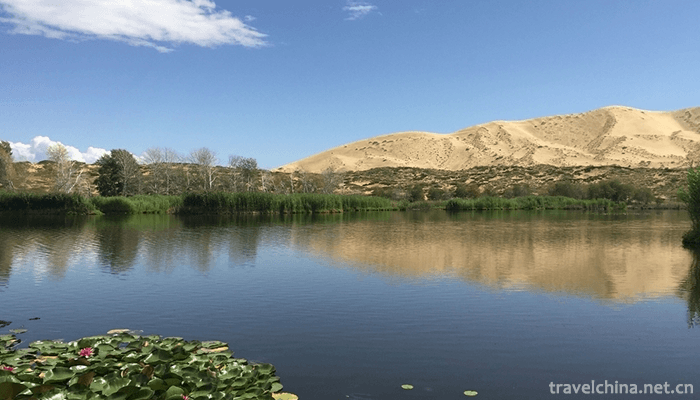
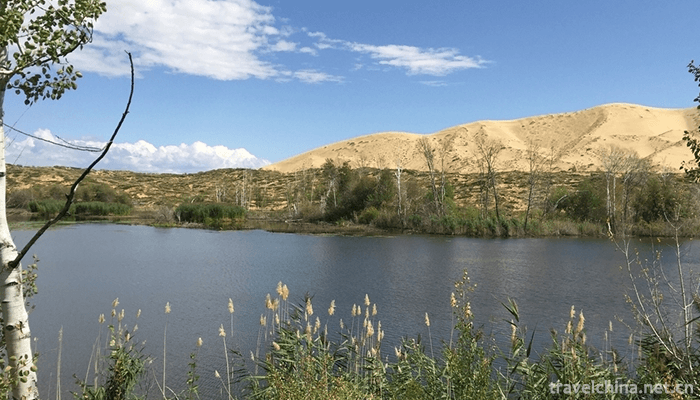
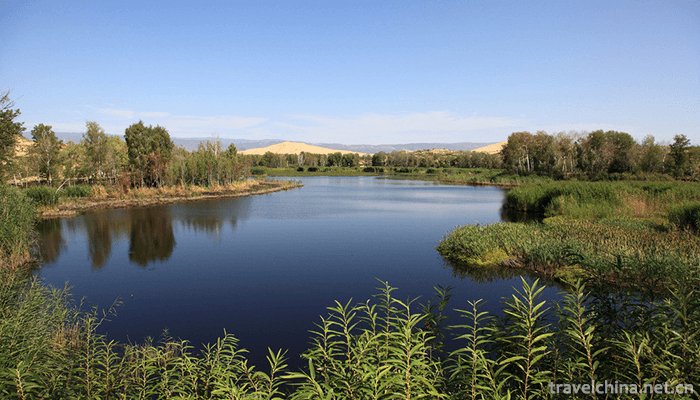

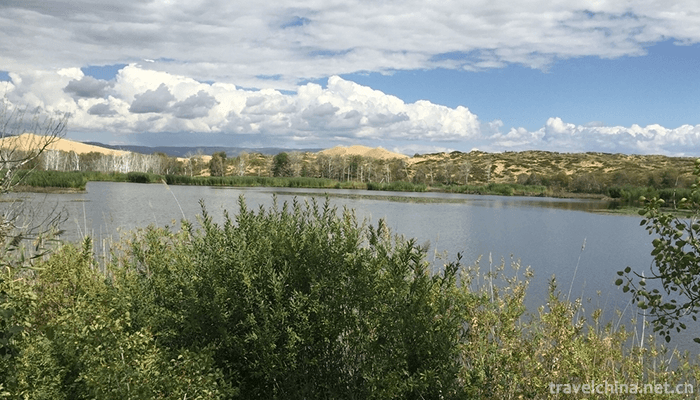
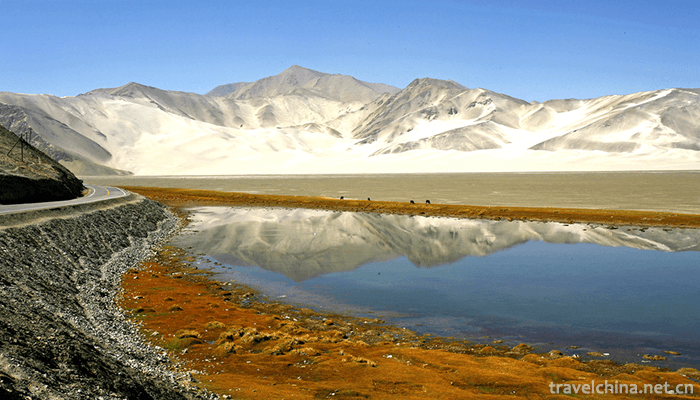
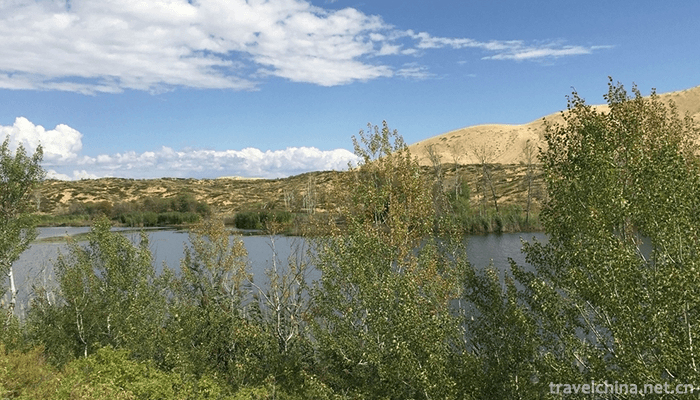
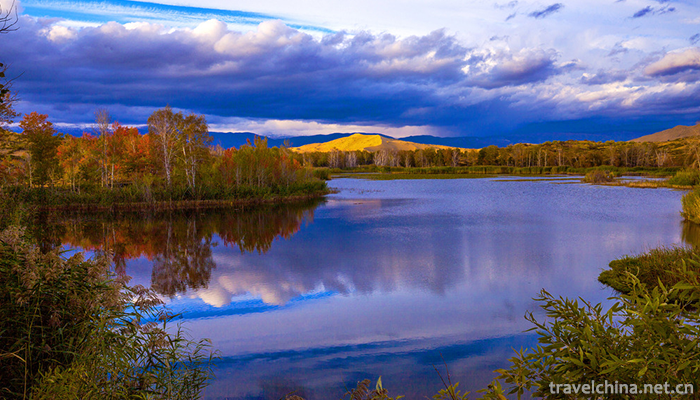
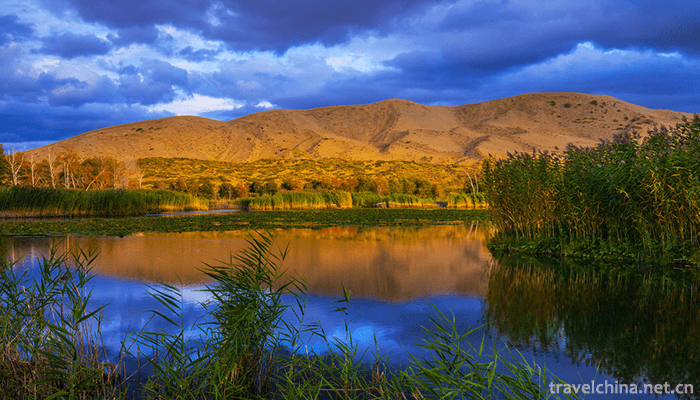
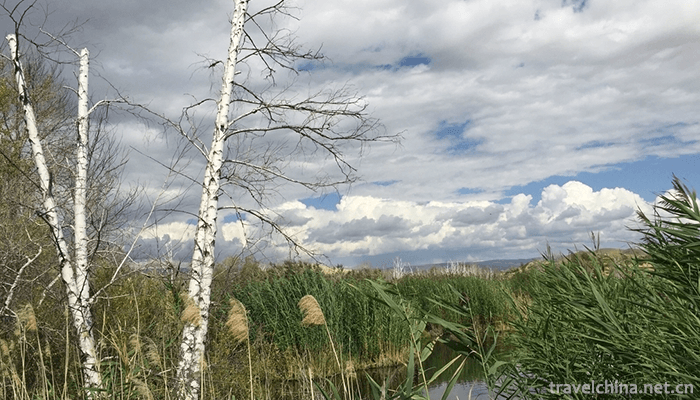
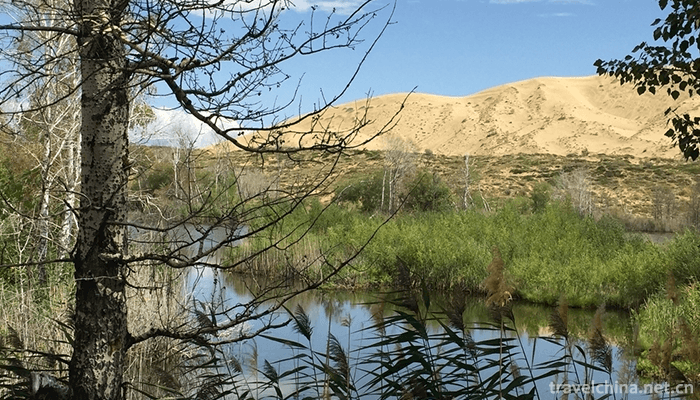
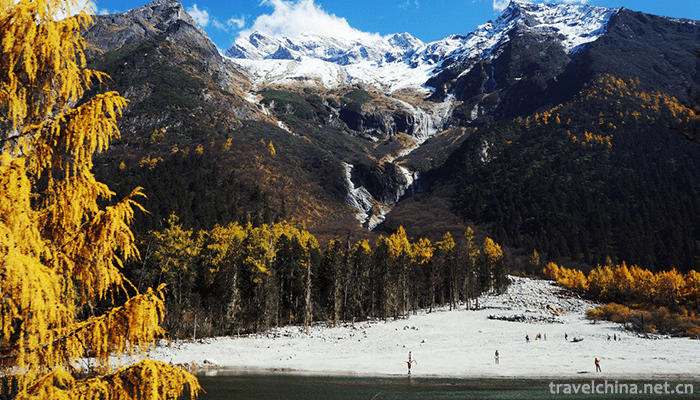
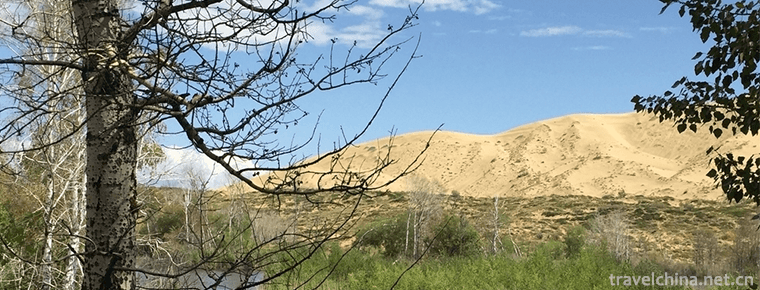
-
1.Sliced beef and ox organs in chili sauce
Sliced beef and ox organs in chili sauce is a famous dish in Chengdu, Sichuan
Time 2018-10-13 -
2.The Chongsheng Temple And The ThreePagoda
The Three Pagodas of Chongsheng Temple are situated 1.5 kilometers northwest of Dali ancient city
Time 2018-10-17 -
3.Mount Tai
Mount Tai, also known as Daishan, Daizhong, Daiyue, Dongyue, Taiyue, is located in the central part of Shandong Province, belonging to Tai'an City, stretching between Tai'an, Jinan, Zibo, with a total
Time 2018-10-28 -
4.Beijing Hangzhou Grand Canal Museum
The Beijing-Hangzhou Grand Canal Museum of China is located on the south side of the Canal Cultural Plaza in Gongshu District, Hangzhou City, Zhejiang Province, adjacent to the Gongchen Bridge, the te
Time 2018-12-22 -
5.Subashi Buddhist Temple Site
Subashi Buddhist Temple Site , also known as Zhaohuili Temple, is located in the south foot of the Queletag Mountains in the northeast of Kuqa County, Xinjiang. It is a national key
Time 2019-02-13 -
6.Spinach with Eight Delicacies
Babao spinach is a traditional Shandong dish, which belongs to Shandong cuisine. It is rich in color, bright, delicious, light and refreshing. In addition to spinach, Babao spinach is also equipped wi
Time 2019-03-25 -
7.Dong minority clothing
Dong women's clothes vary in various styles, styles, decorative parts, patterns, hairstyles and handkerchiefs. They usually wear casual clothes, pay attention to practical use
Time 2019-04-28 -
8.Hangzhou Reviews
Hangzhou Ci Commentary, commonly known as Xiaoshu, is the traditional art of rap and singing in Hangzhou, Zhejiang Province. It is a kind of folk art that tells stories
Time 2019-05-02 -
9.Qinghai Yuexian
Qinghai Yuexian is also called Yuexian, Yueyue Diao, Back Diao, Yueyue Diao, Meihu, etc. Qinghai Vietnamese String is one of the traditional folk songs in Qinghai Province. It can be called the "
Time 2019-06-11 -
10.Shuixiang Opera
Shuixiang opera is a traditional folk cultural activity in Shaoxing, Zhejiang Province. Waterfront theatres are mostly built on rivers in front of temples such as land temples, so they are called &quo
Time 2019-06-16 -
11.Hong Xiuquan
Hong Xiuquan (January 1, 1814 - June 1, 1864) was famous for his show. In order to avoid God's "Huo Huo Hua", Jehovah "Homonym" has been changed to the present name, the founder of
Time 2019-09-07 -
12.Mianzhu Hanwang earthquake site
Mianzhu Hanwang earthquake site (Park) is composed of three areas: Dongqi factory area, Dongqi dormitory area and Hanwang town area. It mainly focuses on four themes: digital display platform
Time 2020-11-05